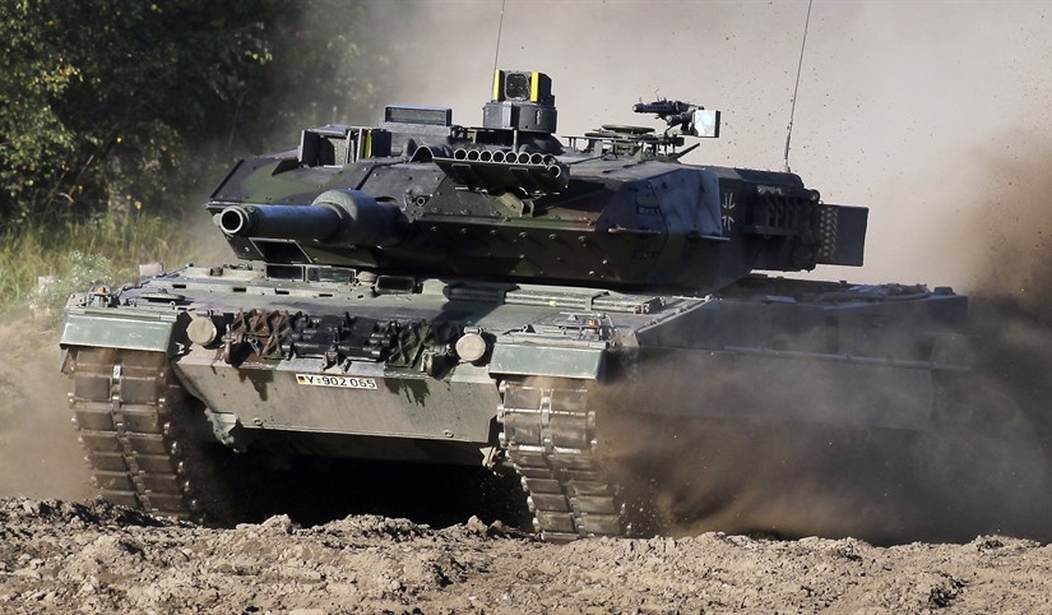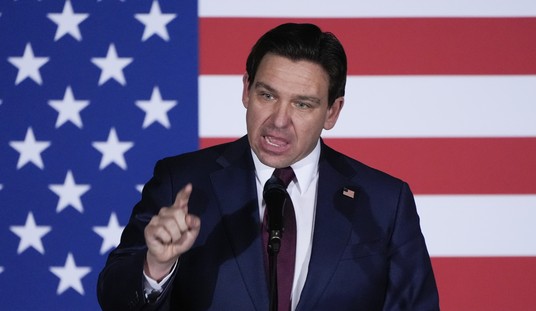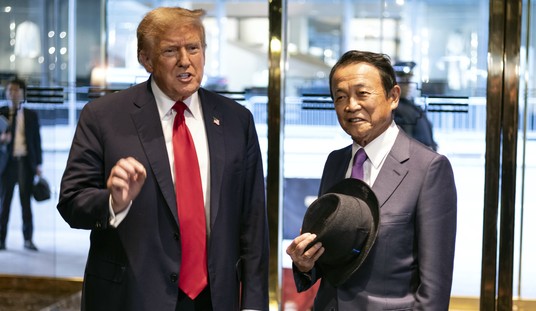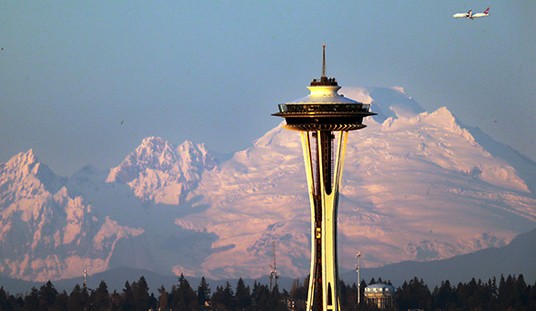Yesterday we got an indication that the tide had turned on the decision to send tanks to Ukraine. Today, as expected, both the US and Germany announced they would be sending tanks though the details of when the US shipment will be sent remain vague.
Speaking at the White House after a morning of telephone calls to European allies, Mr. Biden said that the United States would send 31 Abrams tanks, the equivalent of a Ukrainian battalion, and that Germany would follow through by contributing its own Leopard 2 tanks and freeing other allies to send their own, the equivalent of two more battalions.
“These tanks are further evidence of our enduring, unflagging commitment to Ukraine and our confidence in the skill of Ukrainian forces,” Mr. Biden said, flanked by Secretary of State Antony J. Blinken and Defense Secretary Lloyd J. Austin III.
But he emphasized that the buildup was not meant to expand the war into Russia. “It is not an offensive threat to Russia,” he said. “There is no offensive threat to Russia. If Russian troops return to Russia, where they belong, this war would be over today.”
President Zelensky expressed his thanks on Twitter:
Thank you @POTUS for another powerful decision to provide Abrams to 🇺🇦. Grateful to 🇺🇸 people for leadership support! It's an important step on the path to victory. Today the free world is united as never before for a common goal – liberation of 🇺🇦. We're moving forward
— Володимир Зеленський (@ZelenskyyUa) January 25, 2023
A couple hours prior to Biden’s announcement, Germany’s chancellor announced he would send 14 Leopard 2 tanks to Ukraine. He also indicated that other countries who own Leopard tanks could feel free to send them as well.
Chancellor Olaf Scholz announced on Wednesday that Germany would send an initial shipment of 14 Leopard 2 tanks to Ukraine and allow other nations to send their own, relenting after weeks of domestic and international pressure to deliver armored vehicles aimed at helping Kyiv regain territory seized by Russia…
Berlin’s decision to send the German-made Leopard 2s follows Britain’s announcement this month that it would send 14 of its Challenger 2 tanks to Ukraine, and marks a significant step in Western allies’ supply of ever heavier weapons to Kyiv.
The 14 Leopard tanks Germany will send now will be followed by another 14 at some time later this year. But the German announcement has also spurred donations from other countries which should total around 80 tanks in all (not including the Abrams sent by the US).
Germany and its European partners plan to “quickly” send two Leopard 2 tank battalions to Ukraine — suggesting about 80 vehicles — the government in Berlin announced Wednesday, adding that Germany would provide one company of 14 Leopard 2 A6 tanks “as a first step.”…
Spain, which owns one of the largest fleets of Leopards in the EU, with 347 tanks, has previously said it would send tanks to Kyiv as part of a European coalition, according to El País.
The Norwegian government is considering sending eight of its 36 Leopard tanks to Ukraine, but no decision has been made yet, Norwegian daily DN reported late Tuesday after a meeting of the parliamentary committee on foreign affairs and defense, quoting sources close to the deliberation.
Portugal, which has 37 Leopards, could provide four tanks to the assembling European coalition, a source close to the government told Correio da Manhã late on Tuesday.
The Netherlands, which is leasing 18 Leopards from Germany, is also weighing supplying some of their armored vehicles, Dutch newswire ANP reported, quoting a government spokesperson.
Germany says it will take about six weeks to train Ukrainians on the proper use of the Leopard 2 tanks so it sounds like the plan is to deliver them somewhere around the beginning of March.
Russia is not happy about the new development and called the decision “extremely dangerous.”
This extremely dangerous decision takes the conflict to a new level of confrontation and contradicts the statements of German politicians about the unwillingness of the FRG to be drawn into it. Unfortunately, this happens over and over again. Once again, we are convinced that Germany, like its closest allies, is not interested in a diplomatic solution to the Ukrainian crisis, it is set up for its permanent escalation and unlimited pumping of the Kyiv regime with more and more deadly weapons. “Red lines” are a thing of the past.
The choice of Berlin means the final refusal of the Federal Republic of Germany to recognize the historical responsibility to our people for the terrible, timeless crimes of Nazism during the Great Patriotic War, the consignment to oblivion of the difficult path of post-war reconciliation between Russians and Germans. With the approval of the leadership of the FRG, battle tanks with German crosses will again be sent to the “eastern front”, which will inevitably lead to the death of not only Russian soldiers, but also the civilian population.
Berlin adopted this decision on the 80th anniversary of the breaking of the blockade of Leningrad, in which hundreds of thousands of Soviet citizens died. It destroys the remnants of mutual trust, causes irreparable damage to the already deplorable state of Russian-German relations, casts doubt on the possibility of their normalization in the foreseeable future.
A Kremlin spokesman issued a more blunt and more belligerent statement.
“Technologically, this is a failed plan. This is an overestimation of the potential that this will add to the Ukrainian army,” Kremlin spokesman Dmitry Peskov told reporters.
“These tanks burn like all the rest. They are just very expensive.”
I guess Russia’s only option at this point is to continue to sound confident but it’s hard to see how this is anything but a disaster for them on the battlefield. NATO Secretary General Jens Stoltenberg was asked about the Russian statement on CNN this morning. Here was his response.
Finally, the question of when the US will send the Abrams tanks seems very vague. At a minimum it will be several months but some reports are saying it could be much longer. David tipped me off to this story suggesting that shipping Abrams tanks to Ukraine might be a problem because the armor is secret:
Starting in the late 1980s, many new-production M1A1s for the U.S. military began to feature composite armor packages that include depleted uranium (DU), a metal known for its high density, and other materials. Armor packages that incorporated DU were included on subsequent A2-series variants, as well. Many older American M1A1s were later upgraded with the newer armor and other improvements, including hundreds that were eventually brought up to the A2 standard…
Fast-forward 35 years, and many newer armor packages for the Abrams, including ones that also incorporate advanced ceramics, and the operational security measures surrounding its protective features are still very tight. M1 variants are now in service in Australia, Egypt, Iraq, Kuwait, Morocco, and Saudia Arabia, but none of which are understood to feature armor with DU.
Instead, exportable armor packages that don’t include DU have been developed for the M1 series. Complete Abrams subvariants with other reduced capabilities compared to the latest versions in U.S. service have been created specifically for export, such as the M1A1Ms that the Iraqi Army operates.
Again, most of the reports suggest the delay has to do with training and logistics but perhaps there’s also an issue with which version of the tanks we’re willing to supply. Will it be the ones with the latest standards of upgraded armor or will it be a version specifically designed for export without those features.
There’s a similar question about the Leopard 2 tanks which also come in several varieties. The ones from Poland are older spec and were manufactured in the late 80s or early 90s. But Germany’s own Leopard 2 tanks are a new spec which was just introduced last year. All that to say, there are a lot more details still to come about exactly what Ukraine will be getting from the US and Europe.








Join the conversation as a VIP Member